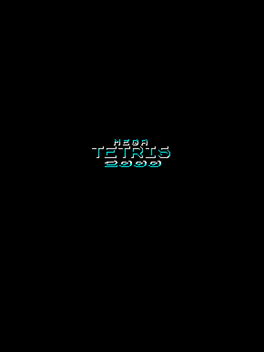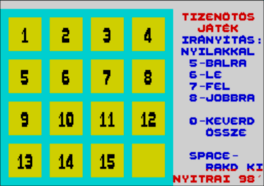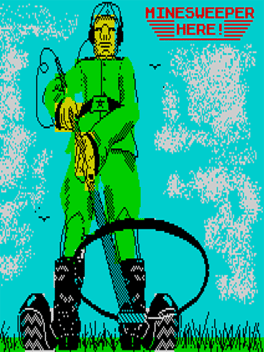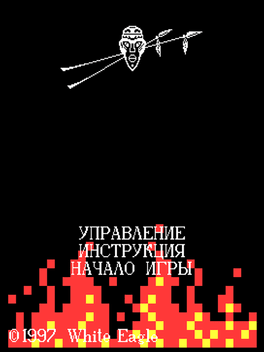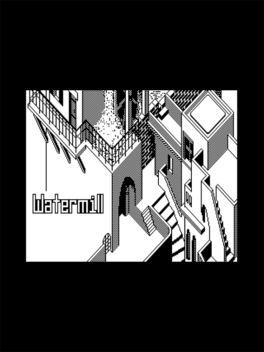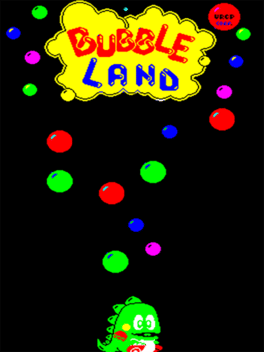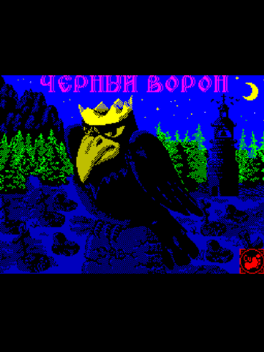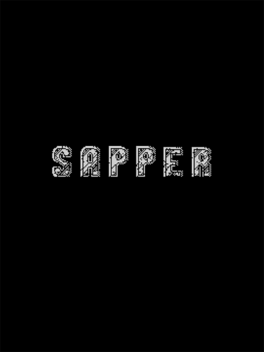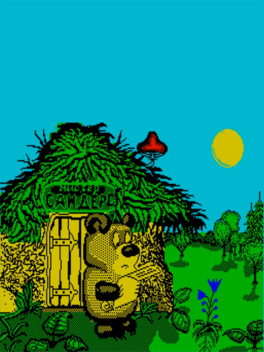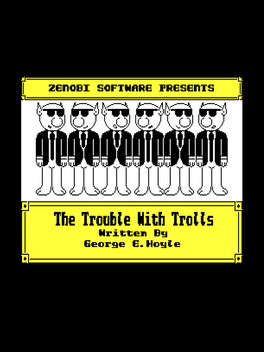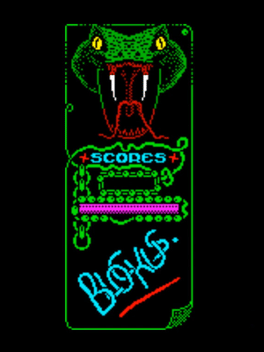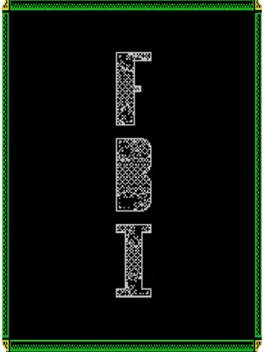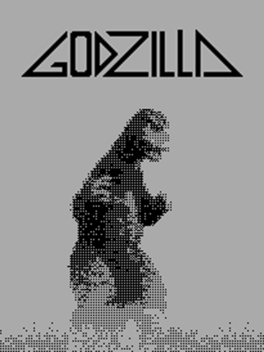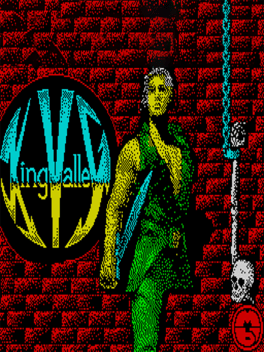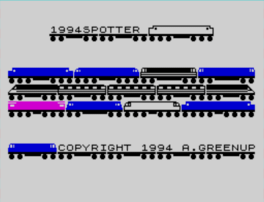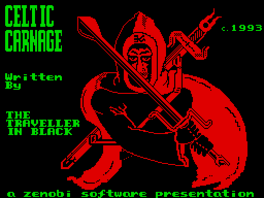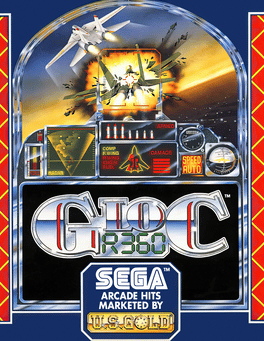New Zx Spectrum Games - Page 5
-
Mega Tetris 2000
1999
Mega Tetris 2000
1999
Mega Tetris 2000 is another game released by Russian programmers for the Spectrum clones. -
12 Tajnyh Knig
1999
-
Kill PC
1998
-
15 OS
1998
-
Minesweeper
1997
Minesweeper
1997
On a grid, the player clicks in a cell and hopes that it is not occupied with a mine. If it isn't, that cell is filled with a number, which indicates how many mines there are in adjacent cells. Using logical thinking, looking at the relations between different number cells, the player can conclude which cells contain a mine and mark them as such. Once all cells are revealed, the player progresses to the next minefield. -
Seaside Sourcery
1997
Seaside Sourcery
1997
Seaside Sourcery is a text adventure in which the player takes the role of Rodney Prentice, apprentice wizard. Rodney has been sent to Scarpool's finest hotel, The Royal, to receive a prestigious award on behalf of the High Mage. Unfortunately the awards get stolen and the game is all about Rodney's attempts to retrieve them. -
Kalah
1997
Kalah
1997
Russian game adaptation of the board game with the same name. Each player has six round pits and a Kalah, which is a longer pit. When starting out stones are evenly distributed to the round pits (3-6 in each depending on game options chosen) and the aim of the game is to collect more than half of the stones in the player's Kalah. -
Watermill
1997
-
Bubble Land
1997
-
Black Raven
1997
-
Sapper
1997
-
Vinny Puh
1996
Vinny Puh
1996
It's a russian game where the player plays as Winnie the Pooh on his adventure to help his friend Piglet. -
Trouble With Trolls
1996
Trouble With Trolls
1996
"The Trouble With Trolls" - or at least so my old Mum used to keep telling me - was that they simply never knew when to give up. If they found themselves faced with a plateful of best, prime quality "deviled orc's eyes" then they would just sit there and eat them all until they were sick. Or else they would do battle with their strongest enemies until neither of them were capable of swinging another blow. Worse still, they held on to their gold with a grip that few could break and had even been known to lay down their very life to protect it or to take yours in the process!!! As for getting them to part with treasure such as diamonds and pearls that was almost a task beyond the talents of even the most ardent of the adventurers that chose to undertake it. So it was that such a task needed to be carried out and so it was that BRIAN WOODLOUSE was the poor unfortunate sod that had to do it. -
Blockus
1995
Blockus
1995
A russian game similar to KLAX, the object is to catch assorted color falling tiles and create columns of a single color. -
FBI-13
1995
FBI-13
1995
FBI-13 is an arcade russian game where the player must face several enemies with an helicopter. -
Godzilla: The Atomar Nightmare
1995
Godzilla: The Atomar Nightmare is a 1995 strategy video game for the Sinclair ZX Spectrum developed by Leszek Daniel of the Austrian game development studio Tiger's Claw. -
King Valley
1994
-
1994 Locospotter
1994
-
Celtic Carnage
1993
Celtic Carnage
1993
Celtic Carnage is a text adventure game centered on the forces of the Primal Darkness led by "The Abomination" and their war with "Time Crusaders of Chronos". -
G-LOC R360
1992
G-LOC R360
1992
Vigilante forces have raided government military installations and "confiscated" tanks, planes, even warships! Pilot your G-LOC fighter to victory against the guerillas. Only you have the skills to get the job done and save the day!
